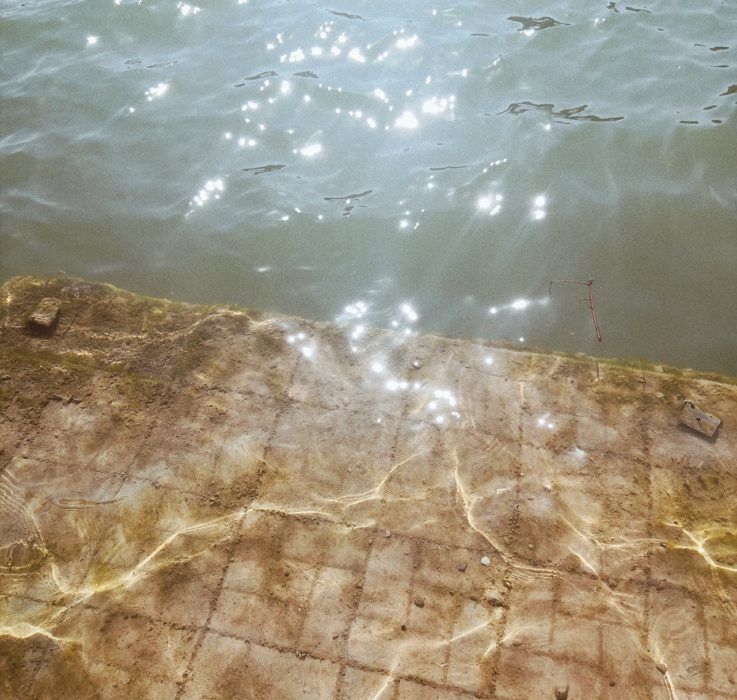Signs That You Probably Shouldn’t Swim in That Pool

Swimming can be great fun. To get as much fun out of swimming as possible, you should only swim in safe pools. Safe pools not only increase your ability to swim safely in the moment but also protect you from different swimming-related illnesses that could detract from your fun and well-being down the road. So what are some signs that indicate that a pool isn’t safe to swim in?
Cloudy or Dirty Water
Before you get in the pool, take a good look at the water. Does it look cloudy or dirty? If so, you probably shouldn’t swim in that pool. Cloudy water could indicate that the water has a high mineral content which can prevent the chlorine from doing its job correctly. Cloudy and dirty water can be breeding grounds for viruses and bacteria which can cause some nasty illnesses. Make sure the pool you’re about to get in is crystal clear.
Rust and Cracks
Everyone loves a pool with a slide, diving board, and other fun equipment. But, that same equipment can turn smiles upside down really quickly if they haven’t been properly maintained. Cracks on slides or diving boards can lead to pinched skin or deep cuts. These cracks could also be an early warning sign of the equipment breaking completely while in use leading to far worse injuries. In the same manner, rusty metal is also indicative of equipment that has been poorly maintained and may not function properly. Be sure to check the slide and diving board supports for signs of rust before using.
If you’re at a pool with these issues, run through some sprinklers, start a water balloon fight at home, grab a popsicle, and wash it down with a refreshing beverage to cool down instead.
Missing Safety Equipment or Lifeguards
Pool safety equipment should always be easily accessible. You don’t want to find yourself in a situation where you need it and can’t find it. Check for safety equipment like a reaching pole and ring buoy. Similarly, public pools should have lifeguards present, and the number of lifeguards should be appropriate for the number of swimmers. An absence of safety equipment or lifeguards is a signal that you shouldn’t swim in that pool, at least not on that day. Talk to pool management about your concerns if possible.
Safety should always come first in swimming. Take a good look at any pool you’re getting ready to swim in before you get in the water regardless of whether it’s a private pool or a community pool. By checking for signs that indicate how safe a pool is to swim in, you can protect yourself and ensure that you have the most fun when you swim.
Drowning prevention is another swimming safety must. Click here for SwimJim’s 10 Golden Rules of Water Safety.
The post Signs That You Probably Shouldn’t Swim in That Pool appeared first on Swim Jim.







